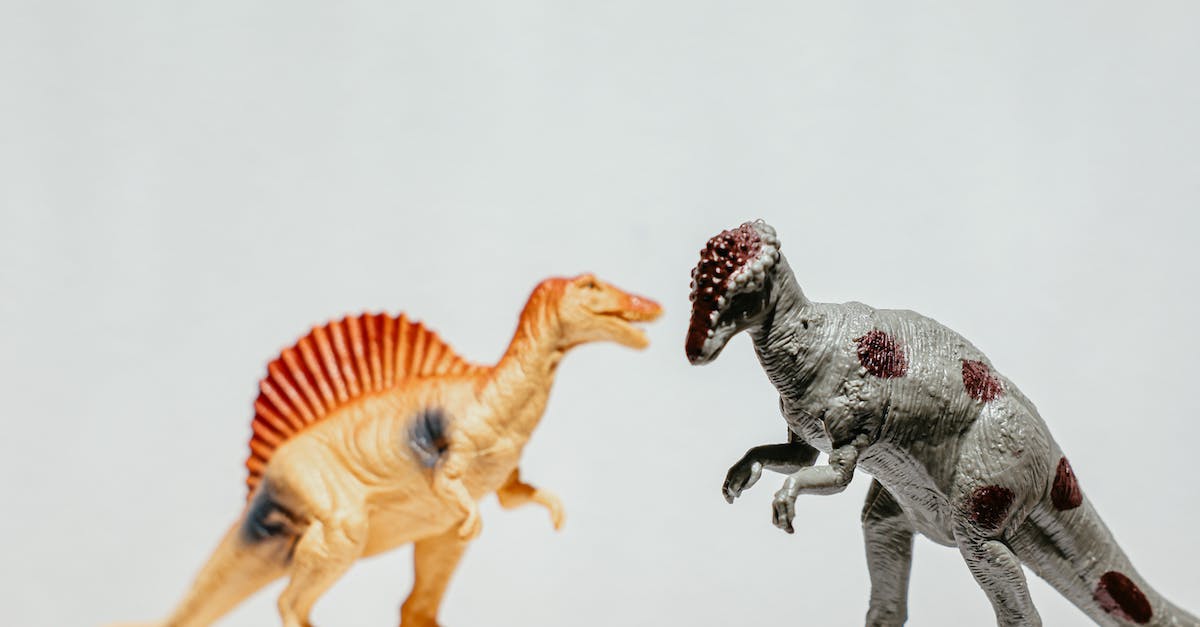Ladies and gentlemen, gather around and listen closely because today, we’re going to dive deep into the world of pop culture and explore how reptiles have managed to slither their way into our hearts and minds. From movies to music to fashion, these scaly creatures have been making their mark for decades, captivating audiences with their unique and mysterious allure.
Who can forget the iconic scene from Jurassic Park where the mighty T-Rex pulls off the roof of a Jeep-like it’s made of paper? Or how about when Harry Potter bravely faced off against the giant basilisk in the Chamber of Secrets? And let’s not forget about the beloved Teenage Mutant Ninja Turtles, who have been kicking butt and taking names since the late 1980s.
But it’s not just in cinema and television where reptiles have found their calling. They’ve also made their way into the fashion world, with snakeskin accessories and reptilian-inspired prints popping up on runways and in stores. And who can resist a good ol’ fashioned game of “snake” on their mobile device?
Yes, these cold-blooded critters have certainly made their mark on pop culture, and it’s easy to understand why. They’re fascinating creatures with mystique and a certain edginess that makes them stand out from the crowd. So, next time you see a snake or a lizard, remember that they’re more than just scary slithering creatures – they’re part of our cultural fabric.
Introduction to reptiles in pop culture
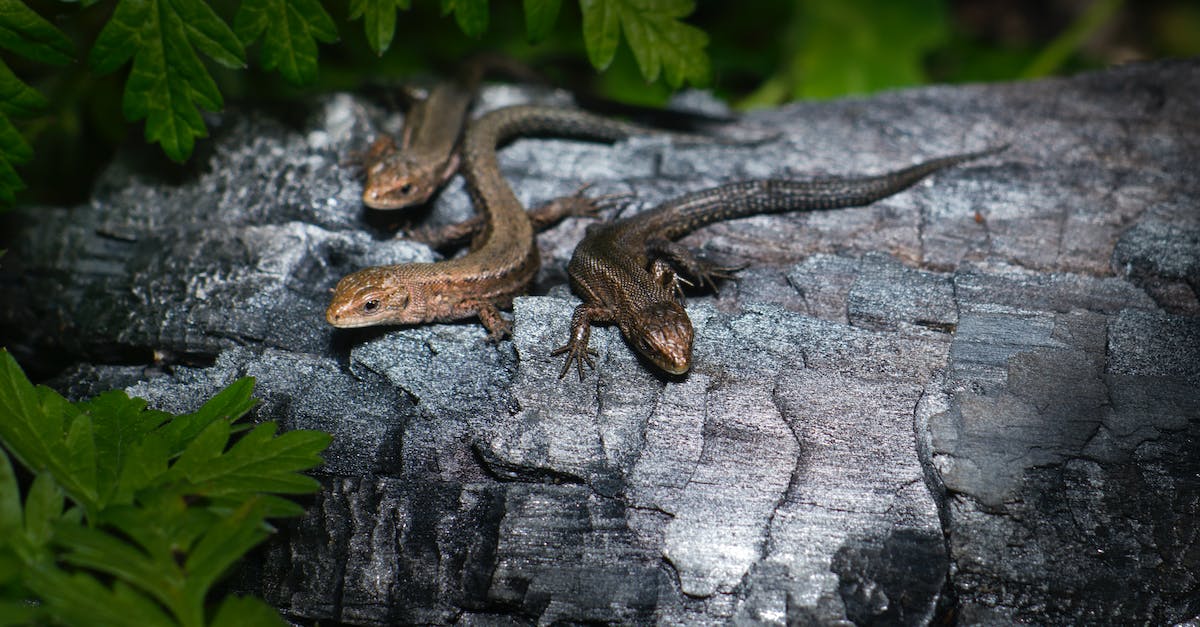
Welcome to the fascinating world of reptiles in pop culture! Reptiles have been featured in various forms of media for decades, and their portrayal has varied greatly throughout that time. From the majestic Komodo dragons of Jurassic Park to the sassy gecko of Geico commercials, reptiles have certainly made an impact on popular culture.
One of the earliest examples of reptiles in pop culture comes from the world of comic books. Marvel Comics’ Spider-Man faced off against a variety of reptilian villains, including the Lizard and the lesser-known villains the Iguana and the Chameleon. These characters showed the darker side of reptiles, often using their abilities to prey on unsuspecting humans.
Moving into film, reptiles have been a staple of monster movies since the early days of cinema. One of the most iconic of these is the giant monster film Godzilla, featuring a massive prehistoric reptile wreaking havoc on Tokyo. The popularity of Godzilla spawned numerous sequels, spin-offs, and even a U.S. remake in 2014.
Reptiles have also been featured in more family-friendly fare, such as animated movies and TV shows. One such example is Rango, a 2011 animated film featuring a chameleon who becomes sheriff of a Wild West town. Another popular example is Leonardo, the leader of the Teenage Mutant Ninja Turtles, a group of crime-fighting turtles who have been a mainstay of children’s entertainment since their introduction in 1984.
-

Beaded Dragon Fan Exclusive: ‘Original Hipster’ T-Shirt – Wear Your Unique Style with Pride – Unisex t-shirt
£13.00 – £20.50 Select options This product has multiple variants. The options may be chosen on the product page -

Chinese Water Dragon Aquatic Mastery Tee: Dive into Elegance with Our Exclusive Reptile Enthusiast Shirt – Unisex t-shirt
£13.00 – £20.50 Select options This product has multiple variants. The options may be chosen on the product page
Finally, reptiles have become a ubiquitous presence in advertising, with companies using them in a variety of ways to promote their products. The aforementioned Geico commercials feature a charismatic gecko as their mascot, while the Lacoste clothing brand uses an alligator as their logo.
In conclusion, reptiles have had a significant impact on pop culture, appearing in various forms of media in a variety of ways. Whether they are portrayed as heroes, villains, or simply used for their distinctive appearance, it is clear that reptiles have captured our imaginations and will continue to do so for years to come.
Reptiles in movies
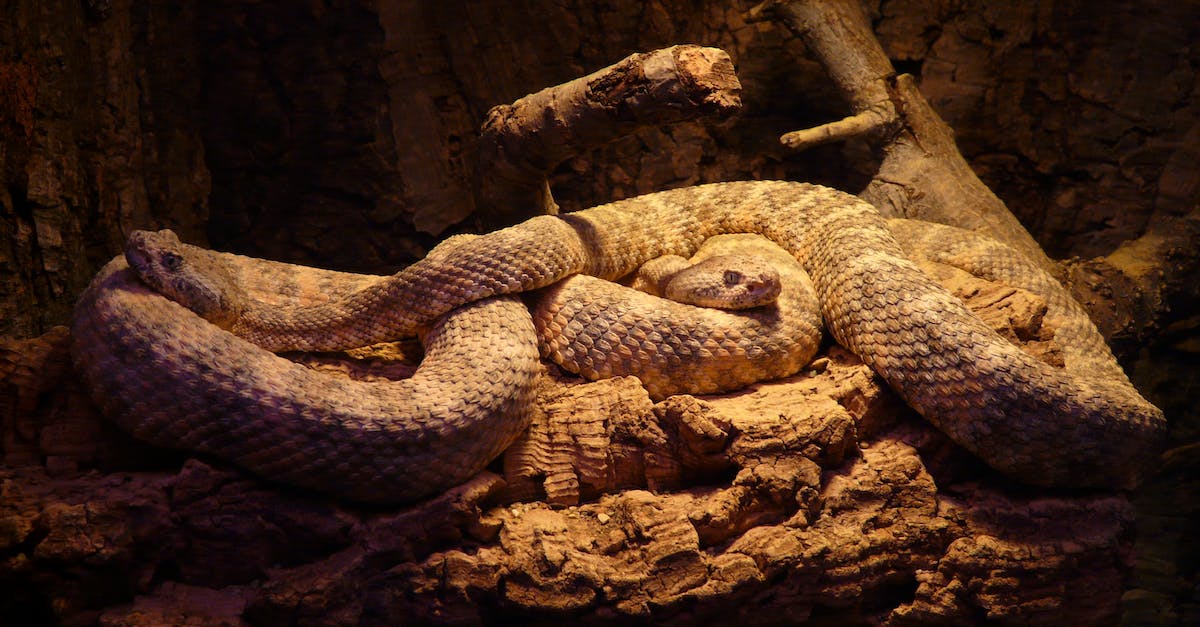
Reptiles have had a significant presence in movies since the early days of cinema. They have served as antagonistic forces, terrifying monsters, and even comedic characters. Here are some notable films that have featured reptiles:
- Jurassic Park (1993): This classic sci-fi film features a fictional theme park with genetically engineered dinosaurs. The main attraction of the park are the reptilian stars, including a T-Rex, velociraptors, and a dilophosaurus. The film’s realistic depictions of these creatures made them an instant hit with audiences.
- Anaconda (1997): This horror film follows a group of documentary filmmakers as they travel down the Amazon river to capture footage of a legendary giant anaconda. The film’s titular creature terrorizes the crew, leading to a thrilling climax.
- The Jungle Book (1967): Although not entirely focused on reptiles, this Disney classic features a memorable snake character named Kaa. Kaa is portrayed as sly and manipulative, using hypnotism to trick the protagonist, Mowgli.
- Godzilla (1954): This Japanese film is a classic monster movie that features a giant, fire-breathing reptilian creature. Godzilla has gone on to become a cultural icon, with multiple sequels and adaptations.
- Rango (2011): This animated movie follows a pet chameleon who becomes stranded in the desert and embarks on a journey of self-discovery. Rango encounters a variety of reptilian characters along the way, including a villainous snake and a group of singing mariachi owls.
From terrifying monsters to whimsical sidekicks, reptiles have left a lasting impact on the world of movies.
Reptiles in TV shows
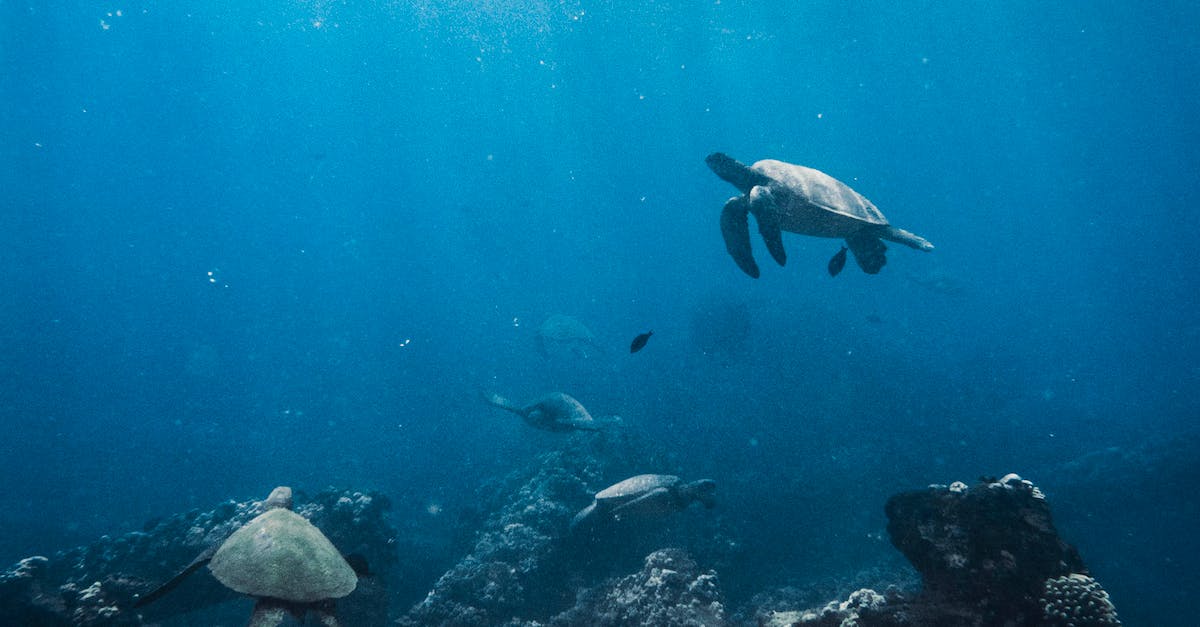
Reptiles have been a staple in pop culture for many years, often being portrayed as mysterious and dangerous creatures. In TV shows, they are often depicted as villains or as an exotic pet for a character. Here are three examples of how reptiles have been featured in popular TV shows:
- Game of Thrones: The dragons in Game of Thrones are some of the most iconic reptilian characters in recent TV history. These majestic creatures were brought to life on screen with beautiful CGI effects and powerful performances. The dragons are not only symbols of power and royalty, but they also have their own unique personalities that make them stand out as individuals.
- Teenage Mutant Ninja Turtles: This classic cartoon series features four teenage turtles who were mutated into humanoids after being exposed to radioactive material. The turtles, named after famous Renaissance artists, are trained in martial arts by their rat sensei and battle against villains in the sewers of New York City. The show also features a villainous reptile known as the Shredder, who is the archenemy of the turtles.
- The Walking Dead: In this hit TV series, we see a number of different reptilian creatures. The survivors of the zombie apocalypse encounter all kinds of reptiles, from venomous snakes to alligators. These creatures pose a threat to the characters and are often used as a tool to heighten tension and create danger in the show.
Overall, reptiles play a big role in pop culture, and many TV shows use them to add an element of danger or mystery. From majestic dragons to dangerous snakes, reptiles will continue to be a popular choice for TV writers and producers.
Reptiles in music

As we examine the influence of reptiles on popular culture, we cannot overlook their impact on the world of music. From lyrics to album art, reptiles have found their way into the music industry in a variety of ways.
1. The Rolling Stones’ tongue: One of the most recognizable logos in music history features the Rolling Stones’ logo – a stylized, pixelated tongue that was derived from the original design of Mick Jagger’s lips. However, did you know that in the early 70s, the tongue was adorned with a pair of snake-like fangs? This edgy transformation of their logo not only exemplified the band’s brand, but it also showed the influence of reptilian themes in rock and roll culture.
2. Black Sabbath’s “Reptile” song: With lyrics such as “I’m a cold-blooded killer / And I’m coming to get you / Here I come woman, I’m gonna cruise ya,” Black Sabbath’s “Reptile” song embodies not only the fierce, predatory nature of reptiles, but also the sexual undertones associated with the species in pop culture. The song’s lyrics and ominous melody create a spine-chilling image of a dangerous reptile on the hunt for its prey.
3. Kanye West’s “Dragon Energy” tweet: Kanye West caused quite a stir in April 2018 when he tweeted about his admiration for President Donald Trump, referring to the two of them as “dragon energy.” While not specifically referencing reptiles, the phrase plays into the mythical and powerful connotations associated with dragons – a type of fantastical reptile. Whether or not you agree with Kanye’s political views, his use of this phrase shows just how far-reaching reptiles are in our cultural imagination.
4. Metallica’s “Enter Sandman” album cover: Metallica’s 1991 album “Enter Sandman” has one of the most iconic album covers in rock history, featuring a menacing, black-colored snake that appears to be coiled around a skull. The image is a perfect example of the dangerous and edgy nature that reptiles can bring to pop culture. The image also speaks to the historical use of snakes as symbols of danger throughout a range of mythologies and legend.
From dangerous and edgy to powerful and mythical, reptiles have made their mark on the world of popular music. As we continue to explore the impact of these fascinating creatures on our culture, it’s clear that their influence will only continue to grow.
Impact of reptiles in pop culture
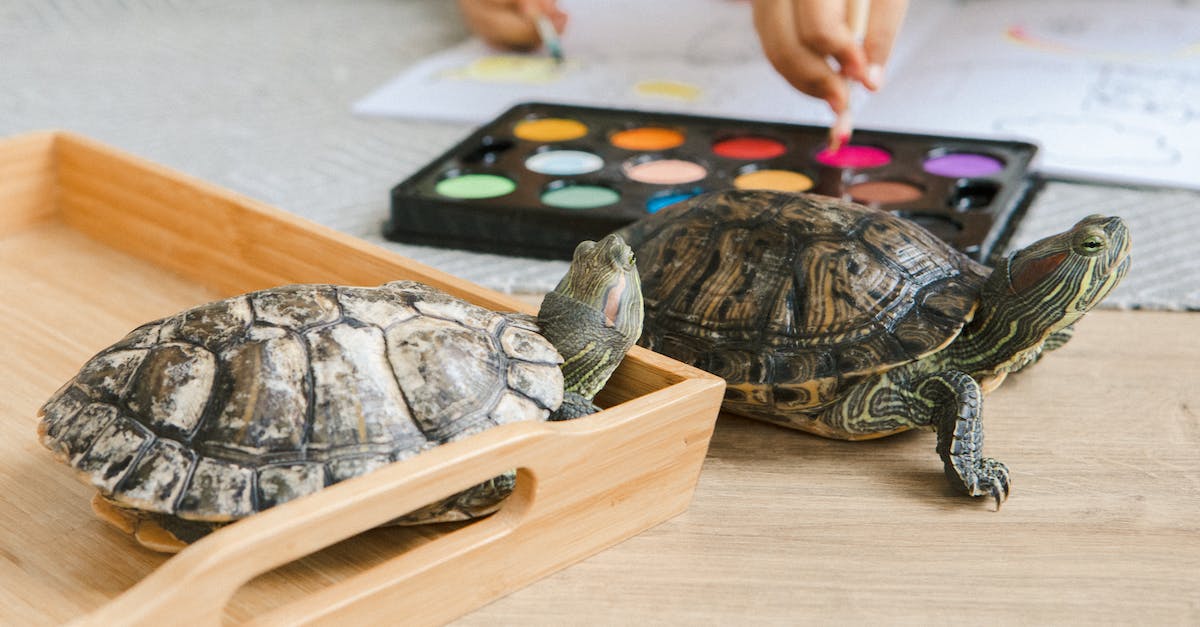
1. Popular Reptile Characters: There are many popular reptile characters that have become fixtures in pop culture. Iconic characters like Godzilla, Teenage Mutant Ninja Turtles, and King Kong are just a few examples of reptiles that have become household names.
2. Influence on Fashion: Reptiles have also impacted fashion trends. The popularity of snake and crocodile skin accessories like shoes and purses are evidence of this. In addition, snake and lizard tattoos have become increasingly popular in recent years.
3. Influence on Film and TV: Reptiles have also played a prominent role in film and television. From Jurassic Park to The Jungle Book, reptiles have been featured in some of the most popular movies and TV shows of all time.
4. Influence on Music: Reptiles have even influenced the world of music. Some bands and artists, like White Snake and Iggy Pop, have used reptiles in their stage names and album art.
5. Involvement in Sports: Finally, reptiles have been featured in sports teams as well. The Florida Gators and the TCU Horned Frogs are just two examples of sports teams that incorporate reptiles into their logos and mascots.
Overall, the impact of reptiles on popular culture cannot be understated. These fascinating creatures have influenced many different areas of entertainment and continue to capture our imaginations.
Future of reptiles in pop culture
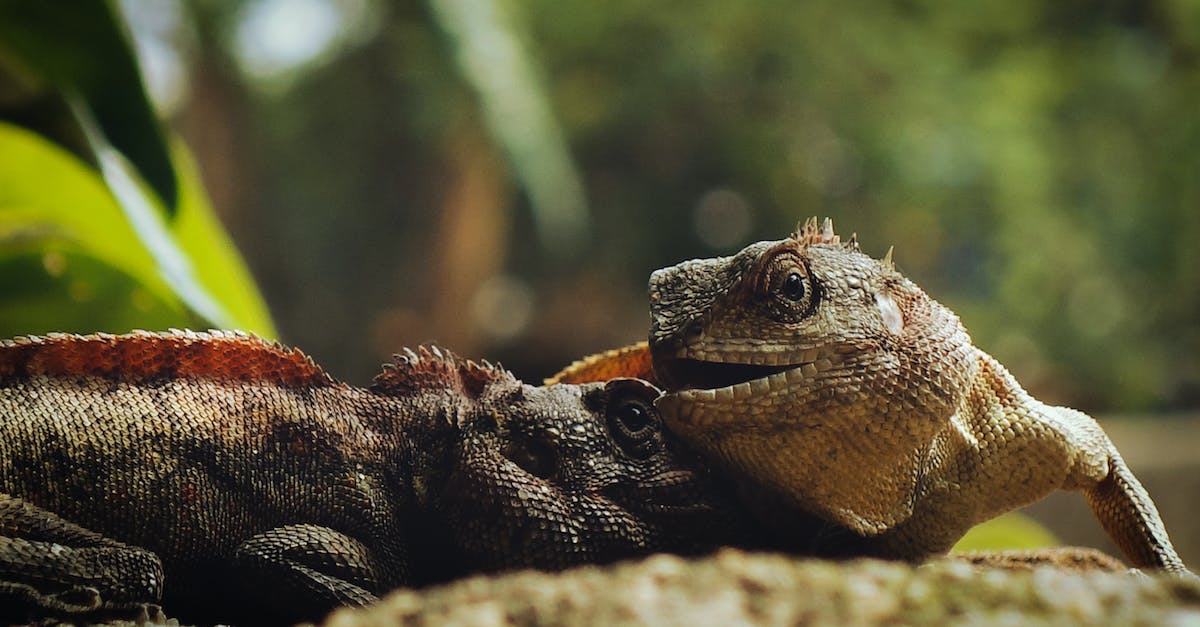
As reptiles continue to capture our imaginations, we can’t help but wonder what the future holds for them in pop culture. Here are six potential ways reptiles may remain a staple in our art and media:
- More realistic representation: As technology continues to advance, we may see even more lifelike depictions of reptiles in movies, television, and video games. This could involve more accurate movements, textures, and behaviors, enhancing our engagement with these creatures.
- New mythical creatures: Many of our favorite mythical creatures, from dragons to basilisks, are based on various reptilian traits. As such, we may see new creatures emerge that are inspired by lesser-known reptiles, like chameleons or geckos.
- Interactive zoo exhibits: Zoos have always been a popular place to see reptiles up close, and we may see even more innovative exhibits in the future. For example, visitors could use virtual reality to experience a snake’s perspective, or control a digital animal in its natural habitat.
- Increased symbolism: Reptiles have long held symbolic significance in various cultures, from snakes representing temptation to turtles symbolizing longevity. As society places more value on preserving nature, we may see more emphasis on these symbolic associations.
- Scientific focus: As we learn more about reptiles, they may become more prominent in scientific discussions and media. For example, we may see documentaries that focus on the habits and behaviors of specific reptile species, or educational games that teach children about the importance of reptile conservation.
- Reimagined classics: Many classic stories and legends involve animals in some way, and it’s possible that reptiles will play a role in modern reimaginations of these tales. For instance, a contemporary retelling of King Arthur might feature a dragon as a pivotal character, or a dystopian novel might include giant lizard-like creatures as the primary threat.
As we continue to appreciate and learn about reptiles, we may see their presence in pop culture grow and evolve in exciting new ways.
Conclusion
As we’ve seen, reptiles have slithered their way into pop culture in a big way. From the playful geckos gracing our car insurance commercials to the fierce alligators terrorizing movie screens, these cold-blooded creatures have captured our attention and imagination.
But let’s not forget the importance of these reptiles in the wild. Snakes, lizards, and turtles play vital roles in their ecosystems as they hunt prey, disperse seeds, and provide food for other animals. Without them, our world would be a much different place.
So the next time you come across a reptile in pop culture or in the wild, take a moment to appreciate their unique beauty and significance. And if you happen to be watching a movie featuring a vicious reptilian villain, don’t be too quick to judge. After all, even the deadliest predators have a crucial role to play in nature’s grand design.
As David Attenborough would say, “Our world is full of wonders, both great and small. Let’s cherish them all, and learn to live in harmony with nature’s incredible diversity.”

